
Thursday also starts with a swim for me. Mid-afternoon we walk to an area near Parque El Poblado for an incredible Italian meal. Very fresh ingredients. I have to learn out how to make ravioli al dente! Following our meal we walk to Parque Lleras. All of the travel guides talk of Parque Lleras, and many of the AirBnB properties in Poblano make reference to their distance to Parque Lleras. Admittedly most of the references are related to the night scene, but we find Parque Lleras to be a disappointment. It is a small green space with a polluted stream running through it. There are restaurants and bars around the parameter, but in late afternoon it is not exactly an exciting scene.



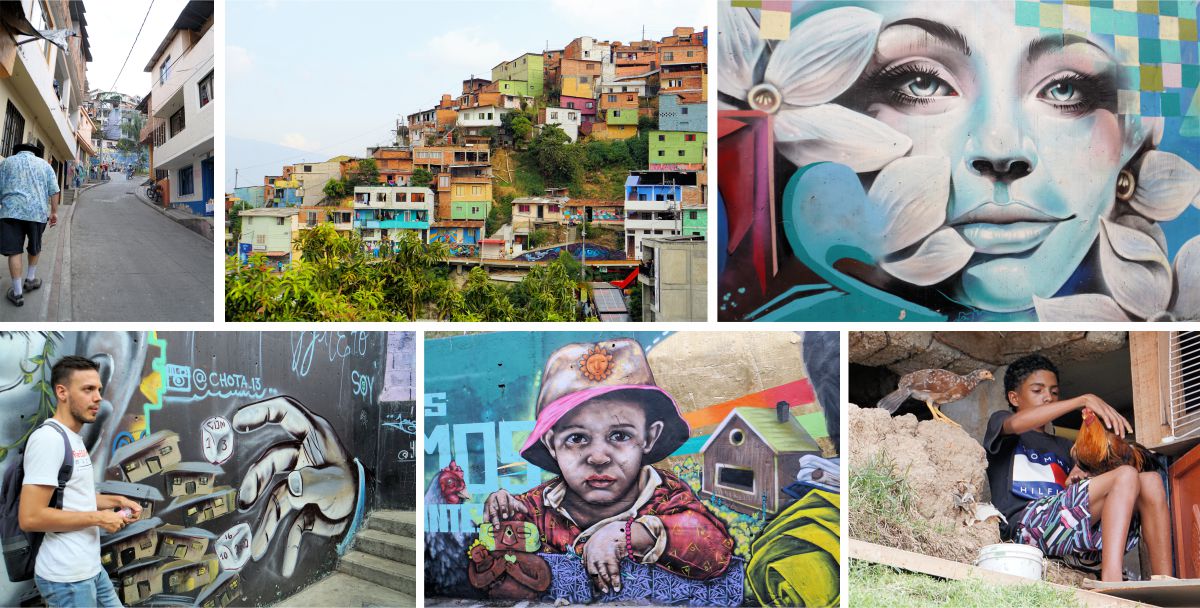

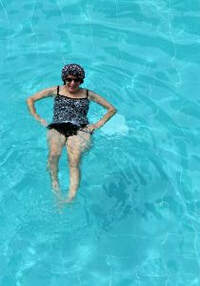



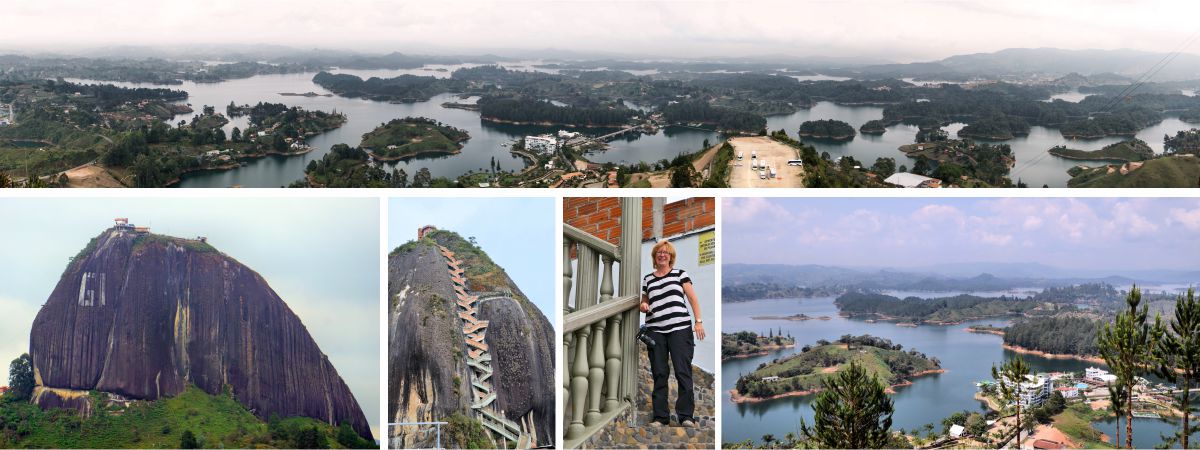


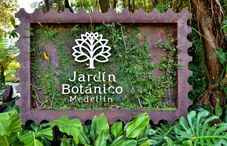





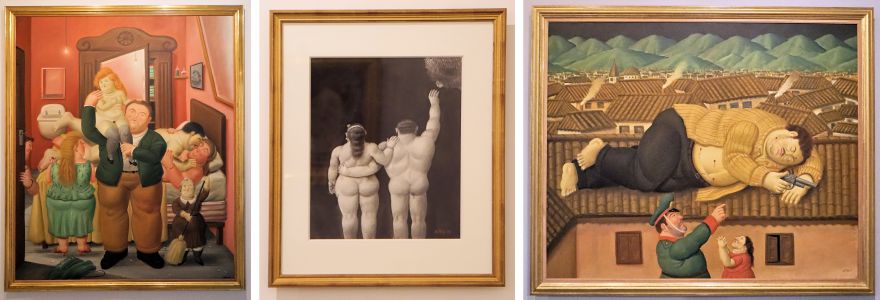






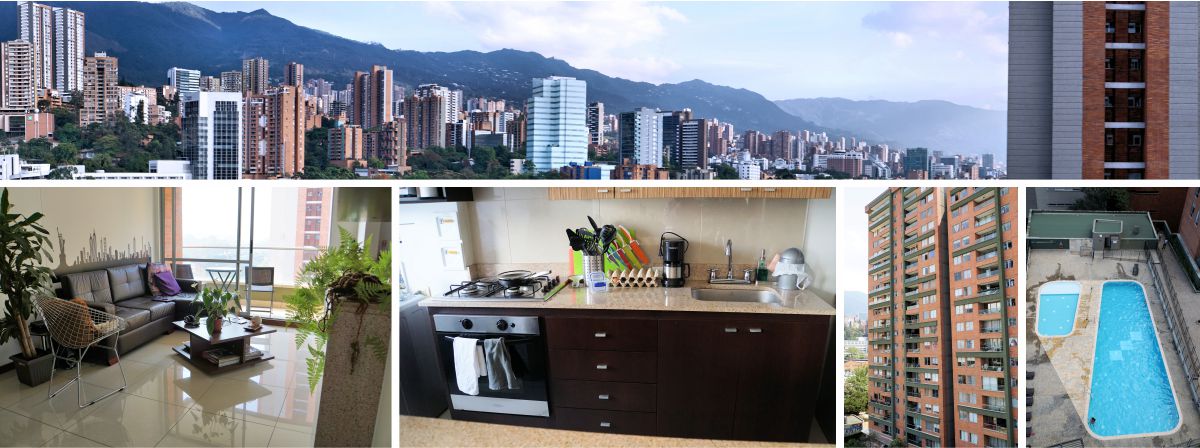




 RSS Feed
RSS Feed